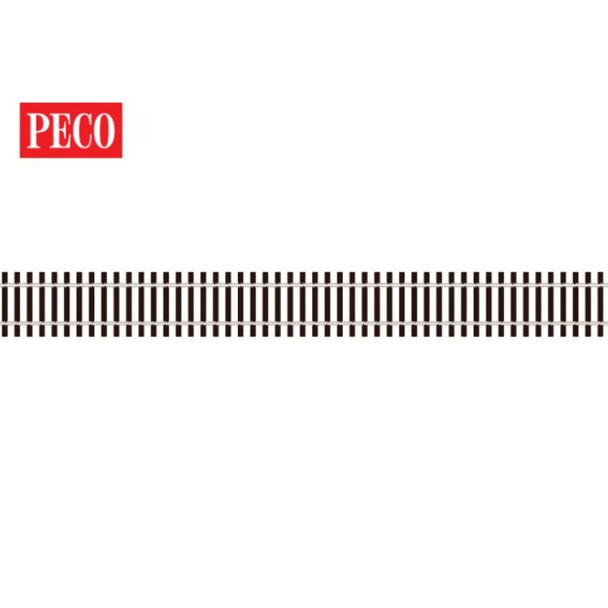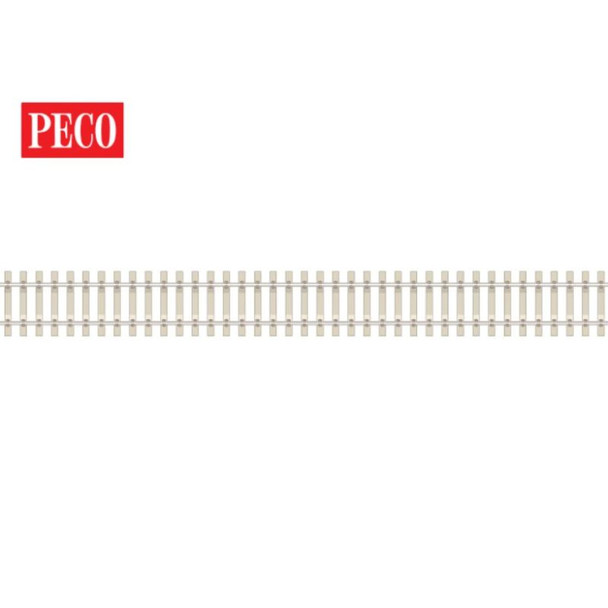HO Track Codes Explained: Why Code 83 is the Perfect Balance of Realism and Reliability
HO Track Codes Explained: Why Code 83 is the Perfect Balance of Realism and Reliability
If you’ve ever browsed HO scale track and wondered what “Code 83” or “Code 100” means, you’re not alone. These numbers are simply the height of the rail in thousandths of an inch — Code 83 is 0.083" tall, while Code 100 is 0.100". That tiny difference can have a big impact on how your layout looks and runs.
Why Code 83 is the Modern Standard
For most contemporary layouts, Code 83 strikes the ideal balance between scale realism and smooth operation. It closely matches the height of modern North American mainline rail, making your trains look more at home on the track without sacrificing durability. Plus, it’s compatible with nearly all modern HO scale wheelsets.

When to Choose Code 100 Instead
Code 100 is taller and more forgiving of older equipment with deeper flanges. It’s a solid choice for:
- Club layouts where equipment varies widely
- Hidden staging yards where realism isn’t as critical
- Heavy-use track sections that require maximum durability
Our Recommended Code 83 Essentials
At Midwest Model Railroad, we recommend starting with:
- PECO SL-8300 Code 83 Wooden Tie Flex Track
- PECO SL-8302 Code 83 Concrete Tie Flex Track for modern mainlines
- Turnouts and crossings from our HO Code 83 Track category

FAQs About HO Track Codes
Can I run older rolling stock on Code 83?
Yes, as long as the wheel flanges meet modern NMRA standards. Very old deep-flange wheels may bump on spike heads.
What’s the best track for heavy-use areas?
Code 100 offers maximum durability and is great for staging, yards, or layouts used by multiple operators.
Do I need special joiners for different codes?
Yes, transition rail joiners make it easy to connect different heights while keeping your track smooth.
Take Your Layout to the Next Level
Whether you choose Code 83 for its realism or Code 100 for its durability, Midwest Model Railroad has the HO track and accessories to fit your vision. Shop our HO scale locomotives to run on your new track, or browse our scenery section to build the perfect setting for your trains.
Recent Posts
-
Prototype Spotlight: GE ES44AC — Modeling a Modern Freight Workhorse
Prototype Spotlight: GE ES44AC — Modeling a Modern Freight Workhorse Published 2025-09-29• 8–10 min
-
How to Build a Realistic Freight Yard: Flow, Trackwork, and Car Management
How to Build a Realistic Freight Yard: Flow, Trackwork, and Car Management Published 2025-09-25 • 8
-
Scenery Basics: From Foam to Foliage — A Quick, Budget-Friendly Guide | Midwest Model Railroad
Modeling Tutorial Scenery Basics: From Foam to Foliage Published 2025-09-23 · 7–9 minute read Li




